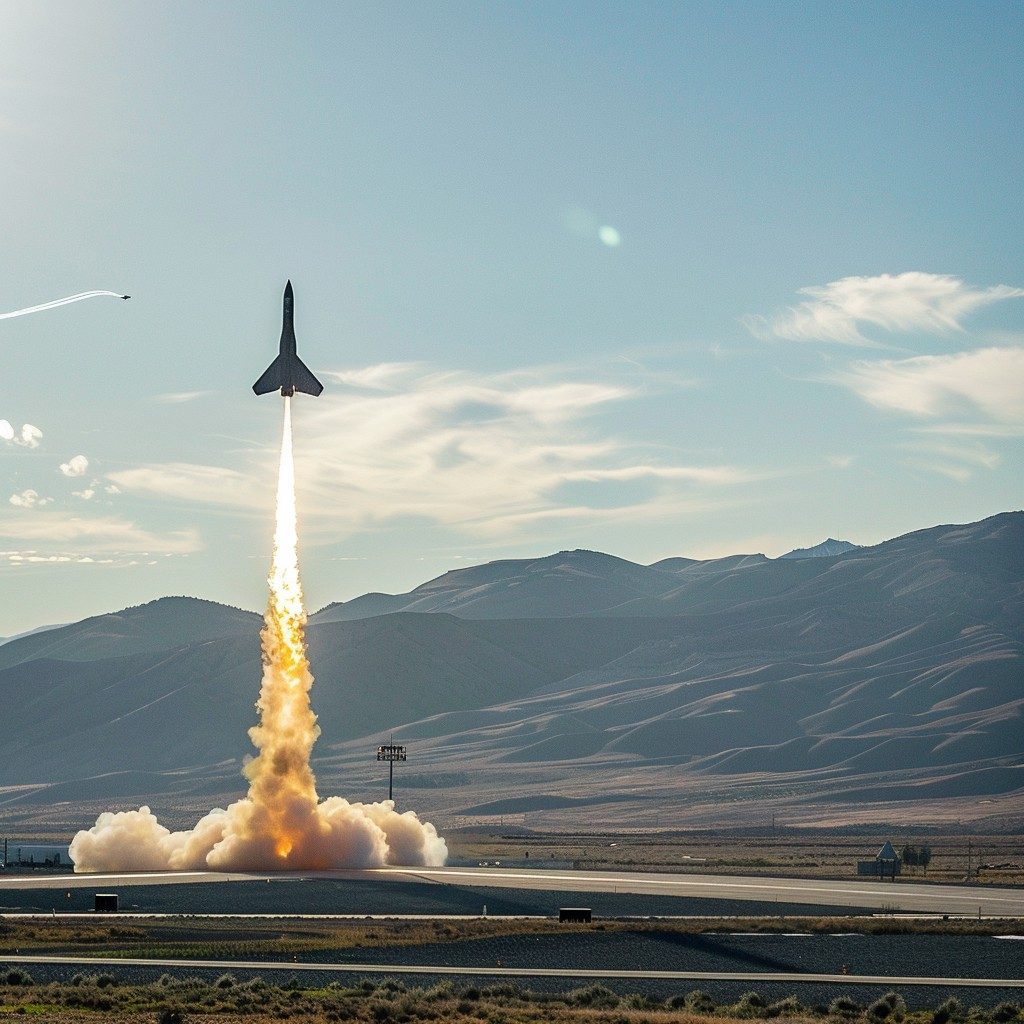Defence ministers from Australia, the United Kingdom, and the United States convened in California to discuss a significant enhancement in their military capabilities under the AUKUS alliance. This meeting marks a critical step in their joint effort to bolster security and surveillance in the Asia-Pacific region, particularly in response to the rising influence of China.
Australian Defence Minister Richard Marles, alongside US Secretary of Defense Lloyd Austin and UK counterpart Grant Shapps, announced a pioneering initiative to deploy advanced artificial intelligence systems. These systems will be integrated into maritime patrol aircraft, specifically the P-8A Maritime Patrol Aircraft, enhancing their capability to track and monitor submarine activities.
Innovative use of Sonobuoys and AI
A key feature of this collaboration involves the implementation of sophisticated AI algorithms to process data from sonobuoys—small sonar systems used in anti-submarine warfare. The AI integration will significantly improve data analysis speed and accuracy, thus strengthening anti-submarine warfare capabilities.
AUKUS’ second pillar: Sharing cutting-edge military tech
The AI-backed tracking system is part of AUKUS’ broader strategy, termed the “second pillar,” which aims to share a range of advanced and emerging military technologies among the three nations. This initiative underscores their commitment to maintaining democratic stability in the region through technological superiority.
Quantum technologies and deep space radar
Further expanding their technological frontier, the AUKUS partners are set to develop quantum technologies for enhanced positioning, navigation, and timing in military applications. Additionally, they plan to establish a deep space advanced radar capability, providing around-the-clock, all-weather global coverage for deep space object detection and tracking.
Central to the AUKUS agreement is Australia’s acquisition of conventionally armed, nuclear-powered submarines. The Australian government is preparing to invest up to $368 billion over the next 30 years in this initiative, reflecting its long-term commitment to regional security.
A century of partnership and a future vision
The joint statement from the defense ministers highlights over a century of partnership among the three nations in promoting global peace, stability, and prosperity. AUKUS is seen as a generational opportunity to modernize and enhance these partnerships to address evolving global security challenges, particularly in the Indo-Pacific.
The meeting gains particular significance in the wake of a recent incident in the East China Sea, where Australian navy personnel sustained minor injuries due to an encounter with the Chinese navy. According to Mr Marles, Australian Navy divers were forced to evacuate the water when a People’s Liberation Army-navy (PLA-N) destroyer activated its sonar in a close encounter with HMAS Toowoomba.
Australia’s stance on military conduct
In response to this incident, Mr Marles criticized the PLA-N’s actions as “unsafe and unprofessional,” emphasizing that Australia expects all countries, including China, to operate their militaries professionally and safely. This incident underscores the growing tensions in the region and the need for enhanced surveillance and defense capabilities.
In a related development, the US State Department approved a $3 billion sale of AUKUS-related training and training devices to Australia. This move signifies the United States’ strong support for the AUKUS alliance and its commitment to regional stability.
The AUKUS defence ministers’ meeting in California represents a united front in the face of evolving security challenges in the Asia-Pacific region. By leveraging advanced AI technologies and sharing cutting-edge military capabilities, the alliance aims to ensure a secure and prosperous future for the region.





